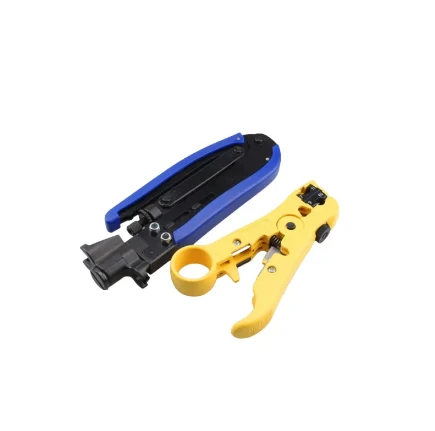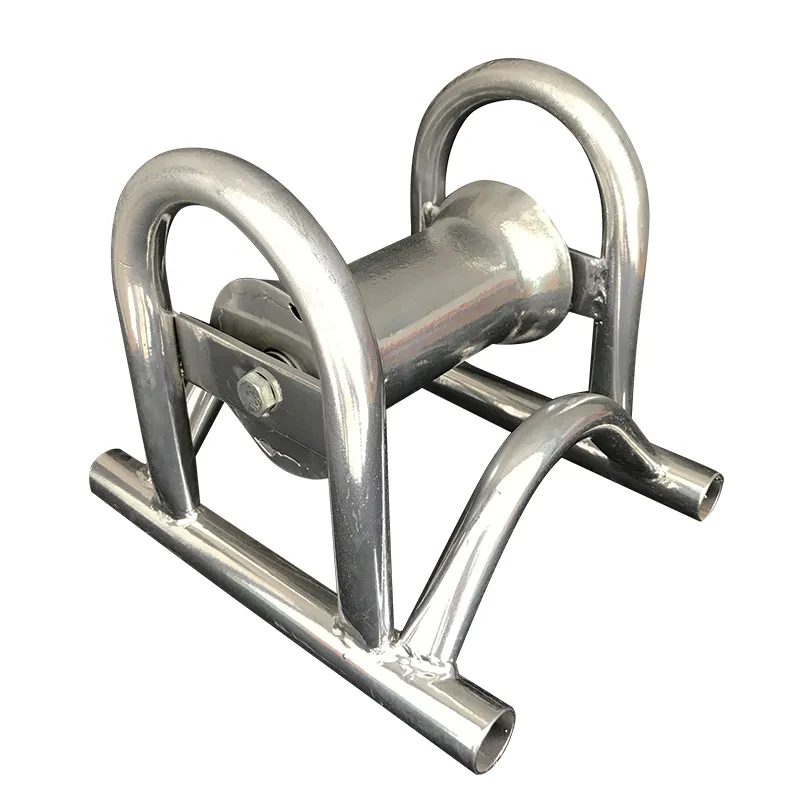
-
 Afrikaans
Afrikaans -
 Albanian
Albanian -
 Amharic
Amharic -
 Arabic
Arabic -
 Armenian
Armenian -
 Azerbaijani
Azerbaijani -
 Basque
Basque -
 Belarusian
Belarusian -
 Bengali
Bengali -
 Bosnian
Bosnian -
 Bulgarian
Bulgarian -
 Catalan
Catalan -
 Cebuano
Cebuano -
 Corsican
Corsican -
 Croatian
Croatian -
 Czech
Czech -
 Danish
Danish -
 Dutch
Dutch -
 English
English -
 Esperanto
Esperanto -
 Estonian
Estonian -
 Finnish
Finnish -
 French
French -
 Frisian
Frisian -
 Galician
Galician -
 Georgian
Georgian -
 German
German -
 Greek
Greek -
 Gujarati
Gujarati -
 Haitian Creole
Haitian Creole -
 hausa
hausa -
 hawaiian
hawaiian -
 Hebrew
Hebrew -
 Hindi
Hindi -
 Miao
Miao -
 Hungarian
Hungarian -
 Icelandic
Icelandic -
 igbo
igbo -
 Indonesian
Indonesian -
 irish
irish -
 Italian
Italian -
 Japanese
Japanese -
 Javanese
Javanese -
 Kannada
Kannada -
 kazakh
kazakh -
 Khmer
Khmer -
 Rwandese
Rwandese -
 Korean
Korean -
 Kurdish
Kurdish -
 Kyrgyz
Kyrgyz -
 Lao
Lao -
 Latin
Latin -
 Latvian
Latvian -
 Lithuanian
Lithuanian -
 Luxembourgish
Luxembourgish -
 Macedonian
Macedonian -
 Malgashi
Malgashi -
 Malay
Malay -
 Malayalam
Malayalam -
 Maltese
Maltese -
 Maori
Maori -
 Marathi
Marathi -
 Mongolian
Mongolian -
 Myanmar
Myanmar -
 Nepali
Nepali -
 Norwegian
Norwegian -
 Norwegian
Norwegian -
 Occitan
Occitan -
 Pashto
Pashto -
 Persian
Persian -
 Polish
Polish -
 Portuguese
Portuguese -
 Punjabi
Punjabi -
 Romanian
Romanian -
 Russian
Russian -
 Samoan
Samoan -
 Scottish Gaelic
Scottish Gaelic -
 Serbian
Serbian -
 Sesotho
Sesotho -
 Shona
Shona -
 Sindhi
Sindhi -
 Sinhala
Sinhala -
 Slovak
Slovak -
 Slovenian
Slovenian -
 Somali
Somali -
 Spanish
Spanish -
 Sundanese
Sundanese -
 Swahili
Swahili -
 Swedish
Swedish -
 Tagalog
Tagalog -
 Tajik
Tajik -
 Tamil
Tamil -
 Tatar
Tatar -
 Telugu
Telugu -
 Thai
Thai -
 Turkish
Turkish -
 Turkmen
Turkmen -
 Ukrainian
Ukrainian -
 Urdu
Urdu -
 Uighur
Uighur -
 Uzbek
Uzbek -
 Vietnamese
Vietnamese -
 Welsh
Welsh -
 Bantu
Bantu -
 Yiddish
Yiddish -
 Yoruba
Yoruba -
 Zulu
Zulu


TEL:
0086-311-88862036
Mar . 04, 2025 09:51 Back to list
Fiberglass Cable Duct Rodder
Grounding systems are vital components in electrical installations, playing a crucial role in ensuring safety, efficiency, and reliability. One of the most commonly used components in these systems is the ground rod, and a specific measurement gaining attention in industrial and residential applications is the 20-foot ground rod. This extended length offers distinct advantages over the traditional 8-foot rods and can significantly impact the effectiveness of grounding systems.
Trustworthiness in applying 20-foot ground rods involves ensuring quality of materials and adherence to stringent manufacturing standards. These rods are typically made of high-quality copper-bonded steel, providing excellent conductivity and corrosion resistance over time. Trusted manufacturers subject their products to rigorous testing, ensuring durability and compliance with international standards like IEC, UL, and IEEE guidelines. When selecting a ground rod, it’s essential to choose those from reputable companies that have a proven track record for quality and durability, thus ensuring long-term reliability. Moreover, the use of 20-foot ground rods is a testament to environmentally conscious engineering. By improving the efficiency of grounding systems, these rods reduce the risk of electrical faults, which can cause significant energy losses and potential hazards. The deep earth bonding results in a more stable and safer electrical grid, which supports sustainable practices by minimizing unnecessary electrical waste and enhancing overall system performance. Considering the experience of implementing these grounding solutions, feedback from electrical professionals highlights the notable improvements in the performance of electrical systems and reduced maintenance requirements. Many facilities that have upgraded to the 20-foot rods report fewer incidences of electrical failures caused by inadequate grounding, alongside improved safety records. These positive experiences underscore the importance of investing in superior grounding technologies to achieve safer and more efficient electrical installations. In conclusion, the 20-foot ground rod represents an evolution in grounding technology, offering superior performance due to its increased length and the ability to penetrate deeper into the earth. Its adoption is backed by engineering expertise, supported by authoritative standards, and validated by trust in high-quality manufacturing. Grounding systems that utilize these rods benefit from enhanced reliability, safety, and efficiency, making them an ideal choice for modern electrical installations. With the continual advancements in grounding technology, the 20-foot ground rod stands out as an exemplary solution for both current and future electrical needs.


Trustworthiness in applying 20-foot ground rods involves ensuring quality of materials and adherence to stringent manufacturing standards. These rods are typically made of high-quality copper-bonded steel, providing excellent conductivity and corrosion resistance over time. Trusted manufacturers subject their products to rigorous testing, ensuring durability and compliance with international standards like IEC, UL, and IEEE guidelines. When selecting a ground rod, it’s essential to choose those from reputable companies that have a proven track record for quality and durability, thus ensuring long-term reliability. Moreover, the use of 20-foot ground rods is a testament to environmentally conscious engineering. By improving the efficiency of grounding systems, these rods reduce the risk of electrical faults, which can cause significant energy losses and potential hazards. The deep earth bonding results in a more stable and safer electrical grid, which supports sustainable practices by minimizing unnecessary electrical waste and enhancing overall system performance. Considering the experience of implementing these grounding solutions, feedback from electrical professionals highlights the notable improvements in the performance of electrical systems and reduced maintenance requirements. Many facilities that have upgraded to the 20-foot rods report fewer incidences of electrical failures caused by inadequate grounding, alongside improved safety records. These positive experiences underscore the importance of investing in superior grounding technologies to achieve safer and more efficient electrical installations. In conclusion, the 20-foot ground rod represents an evolution in grounding technology, offering superior performance due to its increased length and the ability to penetrate deeper into the earth. Its adoption is backed by engineering expertise, supported by authoritative standards, and validated by trust in high-quality manufacturing. Grounding systems that utilize these rods benefit from enhanced reliability, safety, and efficiency, making them an ideal choice for modern electrical installations. With the continual advancements in grounding technology, the 20-foot ground rod stands out as an exemplary solution for both current and future electrical needs.
Latest news
What Are Construction Tools and How Are They Used?
NewsJul.11,2025
Professional-Grade Duct Rodding Tools for Superior Cable Installation
NewsJul.11,2025
Enhancing Safety and Efficiency with Modern Hot Stick Solutions
NewsJul.11,2025
Empowering Cable Installation with Advanced Rodder Solutions
NewsJul.11,2025
Elevate Your Cable Installation Projects with Cable Pulling Tools
NewsJul.11,2025
Efficient Cable Handling Solutions: Cable Rollers for Sale
NewsJul.11,2025
Copyright © 2025 Shijiazhuang Bilo Import and Export Trading Co., Ltd. All Rights Reserved. Sitemap | Privacy Policy

BlLo lmport & Éxport is specialized in power and cable equipment andconsiruction tools,Qur main producis are FRP
duct rodder, cable rollerscable pulling winch, cable drum jack, cable pulling sock, etc.
Copyright © 2025 Shijiazhuang Bilo Import and Export Trading Co., Ltd. All Rights Reserved. Sitemap | Privacy Policy










